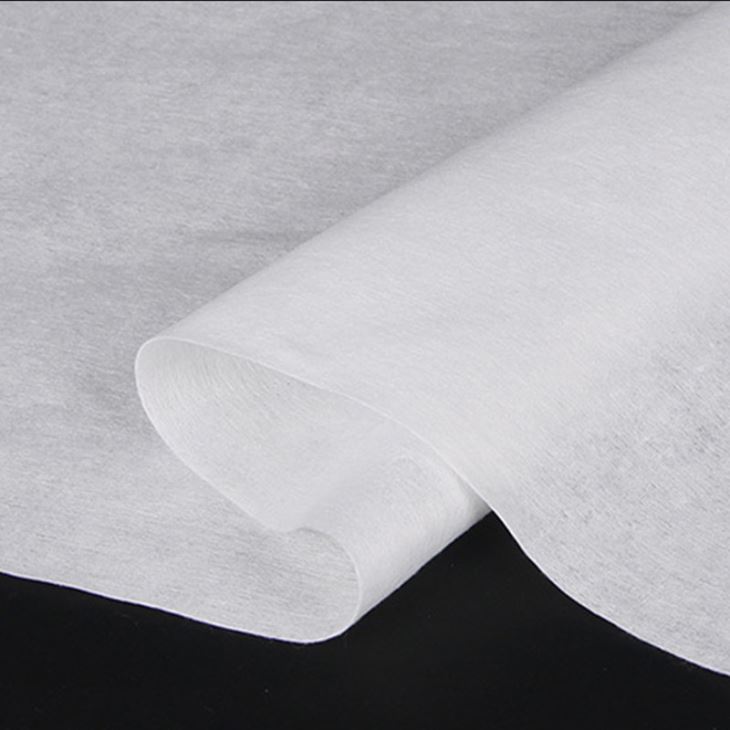
What are the hazards of non-environmental protection bags?
The pollution caused by non-environmental protection bags to the environment mainly includes "visual pollution" and "potential hazards". Among them, "visual pollution" refers to the destruction of city appearance and landscape, and is the most prominent problem of "white pollution". "Potential hazards" refer to long-term environmental problems caused by waste plastic products entering the natural environment because they are difficult to degrade. The plastic has a stable structure and is not easily destroyed by natural microorganisms. This means that waste plastic waste will become a pollutant in the environment and will continue to accumulate if it is not recycled.
It will not only affect the development of industrial and agricultural production and threaten the living environment of animals, but also affect the sustainable use of land and the comprehensive utilization of other organic waste due to improper handling.
In fact, many citizens have realized the harm of non-environmental protection bags. In order to reduce pollution, they will reuse non-environmental protection bags, for example, to store garbage or go to the vegetable farm to buy vegetables. However, the efforts of ordinary citizens alone are far from enough. Non-environmental-friendly bags are always accumulating at home, and the accumulation rate greatly exceeds the rate of consumption. Many non-environmental-friendly bags are still discarded as waste. In order to reduce the harm of non-environmental protection bags and restore a clean environment in the city, the only way to start from the source is to reduce the issuance of non-environmental protection bags.
Medical experts point out that food, especially cooked food, is often prone to spoilage after being packaged in non-environmentally friendly bags. After people eat this kind of spoiled food, it is easy to cause food poisoning symptoms such as vomiting and diarrhea. In addition, the plastic itself releases harmful gases. Due to the long-term accumulation in the sealed bag, the concentration increases with the increase of the sealing time, causing the food in the bag to be contaminated to varying degrees, which has a particularly prominent impact on the health and development of children.

The very dark non-environmental protection bags that are often used on the stalls have a huge hazard. It is reprocessed from recycled waste plastic products, which is extremely harmful to the human body and cannot be used to store food directly ingested; in addition, polyvinyl chloride plastic products cannot be used to store alcoholic foods and oily foods, otherwise the bag The lead will dissolve into the food; at the same time, this kind of non-environmental protection bag can not put the food with the temperature above 50°C.
Environmental experts pointed out that some of the non-environmental-friendly bags currently on the market are not allowed to contain food. There are three types of non-environmental-friendly bags: one that can neither touch the skin nor put food, and can only be used to hold construction materials; one is used to hold clothing; the other is barely used to hold food. Some plastic products have added stabilizers, and these added stabilizers are mainly lead stearate, which can cause accumulative lead poisoning.
Insiders pointed out that most of the non-environmental-friendly bags sold and used on the market are produced by small companies or family workshops in various regions, and a considerable number of them are recycled plastic products. Waste plastics, industrial wastes and medical treatments collected by garbage stations are used. The plastic garbage discarded by the institution is recycled and processed, and without disinfection, it is processed into food bags in private and put on the market.
These recycled plastics contain serious bacteria and carcinogens that exceed the standard. The use of such plastic products to package cooked food that is directly imported has extremely serious consequences for the health of consumers. Such non-environmental protection bags contain a large number of germs that cannot be seen by the naked eye, and long-term use of such disposable plastic food bags can easily lead to chronic food poisoning.

<< previous
next >>